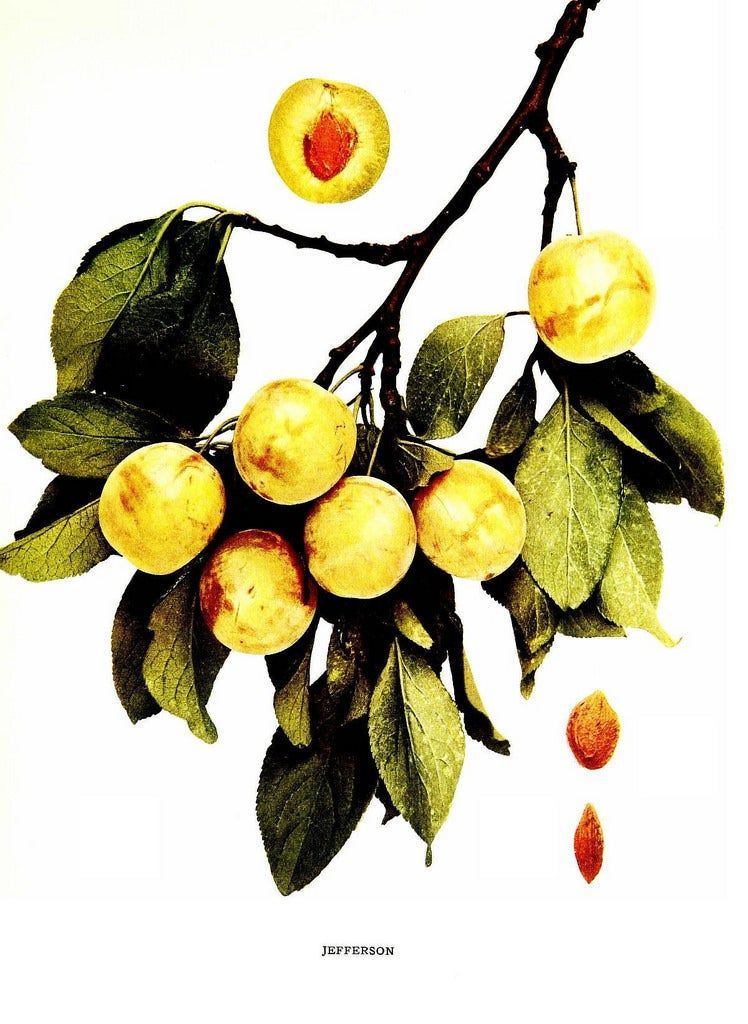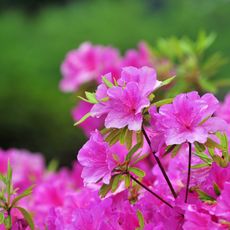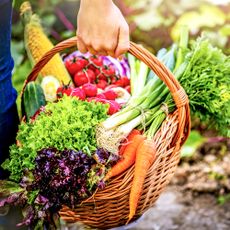What Is A Jefferson Gage: Tips For Growing Jefferson Plums


What is a Jefferson gage? Jefferson gage plums, originating in the United States around 1925, have yellow-green skin with reddish spots. The golden yellow flesh is sweet and juicy with a relatively firm texture. These gage plum trees tend to be relatively disease-resistant and easy to grow as long as you provide the right conditions. Read on to learn about growing Jefferson plums.
Jefferson Gage Tree Care
Jefferson gage plum trees require another tree nearby to provide pollination. Good candidates include Victoria, Czar, King Damson, Opal, Merryweather, and Denniston’s Superb, among others. Be sure your plum tree receives at least six to eight hours of sunlight per day. A location away from harsh winds is preferable. Jefferson gage trees are adaptable to nearly any well-drained soil, but they don’t perform well in poorly-drained soil or heavy clay. Improve poor soil by adding a generous amount of compost, shredded leaves, or other organic material at planting time. If your soil is nutrient-rich, no fertilizer is needed until the tree bears fruit. Thereafter, provide a balanced, all-purpose fertilizer after bud break. Never fertilize Jefferson gage trees after July 1st. If your soil is extremely poor, you can start fertilizing the tree the spring following planting. However, never add commercial fertilizer to the soil at planting time, as it may damage the tree. Prune the tree in late spring or early summer. Remove water sprouts throughout the season. Thin plums when the fruit is dime-size to improve fruit quality and prevent limbs from breaking under the weight of the plums. Allow enough space for the fruit to develop without rubbing other fruit. Water the tree weekly during the first growing season. Once established, Jefferson gage plum trees require very little supplemental moisture unless rainfall is lacking. Water deeply every seven to ten days during extended dry periods. Be careful not to overwater. Soil on the dry side is always better than soggy, waterlogged conditions, which may cause rot. If wasps are a problem, hang traps in late spring or early summer.
Gardening tips, videos, info and more delivered right to your inbox!
Sign up for the Gardening Know How newsletter today and receive a free copy of our e-book "How to Grow Delicious Tomatoes".

A Credentialed Garden Writer, Mary H. Dyer was with Gardening Know How in the very beginning, publishing articles as early as 2007.
-
 Ideal Azalea Water Requirements – For Lush, Healthy Shrubs That Will Thrive For Years
Ideal Azalea Water Requirements – For Lush, Healthy Shrubs That Will Thrive For YearsWhat are an azalea's water requirements? Learn how to keep these beautiful spring-blooming shrubs happy and healthy in your yard or container garden.
By Amy Grant
-
 7 Vegetables To Plant In April: Start Indoors Or Outside For A Bumper Summer Harvest
7 Vegetables To Plant In April: Start Indoors Or Outside For A Bumper Summer HarvestAchieve your growing ambitions with these best vegetables to plant in April – including cold-hardy crops to sow direct and tender varieties to start indoors
By Mary Ellen Ellis